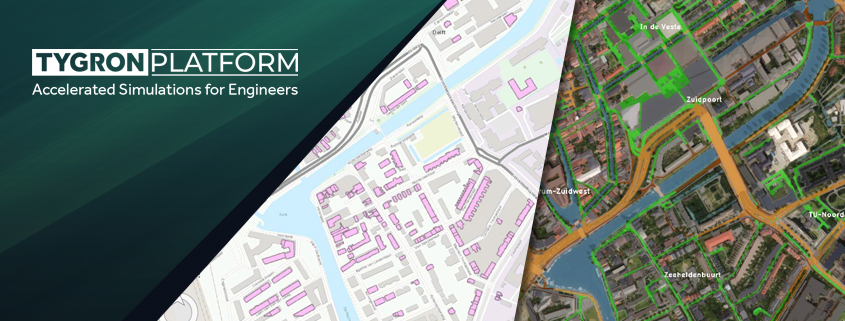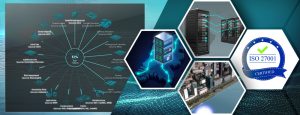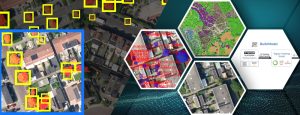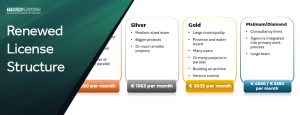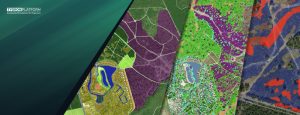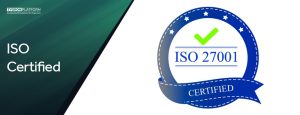As a GIS expert, you are familiar with the power of traditional GIS tools such as QGIS and ArcGIS. These tools are excellent for collecting, managing, and visualizing geographic data. However, when addressing modern spatial challenges like flood modeling, heat stress analysis, and environmental management, the Tygron Platform can offer you a unique and efficient approach based on the principles of linked data.
What Makes the Tygron Platform So Handy?
1. Data Integration Based on Linked-Data Principles:
- Insight: The Tygron Platform integrates data from various sources and domains. This approach is similar to how linked-data creates relationships between datasets, meaning you can merge all your spatial data into a single, coherent dataset.
- Advantage: This enables you to get a holistic view of complex spatial situations without the need to manually combine data. For example, you can seamlessly combine demographic data, infrastructure information, and environmental indicators.
2. Direct Simulations and Analyses:
- Insight: Unlike traditional GIS tools, where data is often used only for visualization, the Tygron Platform structures data specifically for calculations. This means you can seamlessly run multiple simulations on the same dataset.
- Advantage: This allows you to directly perform complex analyses, such as flood modeling in combination with traffic data and emergency plans. This saves you time and reduces the risk of errors that can occur when manually integrating data from different sources.
3. Supercomputing for Speed and Efficiency:
- Insight: The Tygron Platform builds upon cloud-based supercomputing to analyze large datasets quickly. This not only speeds up calculations but also enables real-time simulations.
- Advantage: For example, you can quickly calculate the impact of different climate change scenarios on urban areas and immediately see how changes in infrastructure or environmental policies affect various outcomes.
Interested in reading more about the groundbreaking technology behind the Tygron Platform, or how the Tygron Platform complements regular GIS software? You might be interested in the following articles:
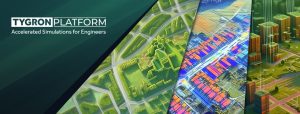
From GIS to Advanced Modeling: Get More out of your GIS Data with the Tygron Platform
The Tygron Support team often receives the question: we already have GIS software, why should we use the Tygron Platform? In this article, we describe the differences, overlaps, and complementarities
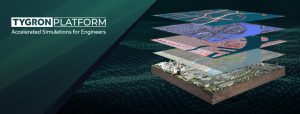
The Technological Backbone of the Tygron Platform: GPU Power, Interoperability, and GIS-Based Modeling
At Tygron, we understand that as an engineer, you aim to stay at the forefront of technological innovation, seeking robust solutions tailored to meet the demanding needs of modern engineering
Practical Example of Integrated Computational Power:
Imagine you are planning evacuation routes for a potential flood. With traditional GIS tools, you would have to analyze data on roads, population density, and elevation models separately and then manually integrate them. The Tygron Platform allows you to integrate these datasets and run a simulation at once, taking into account all relevant factors. This gives you immediate insight into the most effective evacuation routes and the expected impact on the population.
Conclusion
The Tygron Platform offers an innovative approach that goes beyond traditional GIS tooling. By integrating data based on linked-data principles and utilizing supercomputing, the platform enables quick and efficient integrated analyses. For GIS experts, this means not only an improvement in the speed and accuracy of spatial modeling but also a deeper understanding of complex spatial issues.
How?
- Download our free trial
- Start your own project
- Integrate, simulate, and present your own data.
Embrace the future of urban planning and environmental simulations with the Tygron Platform where extreme computational power, seamless interoperability, and rapid digital twin creation converge to elevate your projects to new heights.
